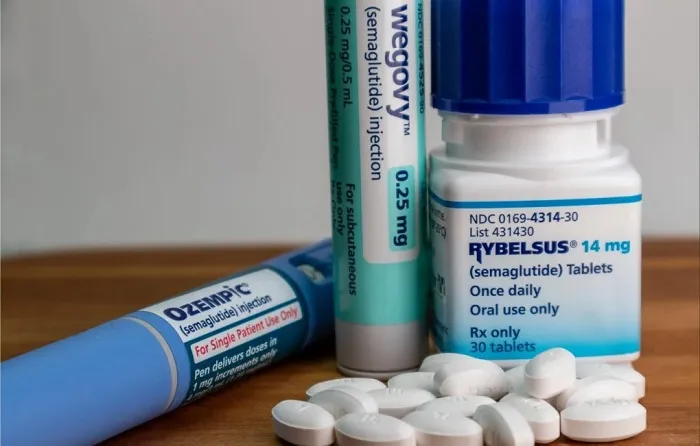Glucagon-like peptide-1 receptor agonists (GLP-1 RAs) are commonly prescribed to treat type 2 diabetes and obesity. These drugs, including semaglutide and liraglutide, help lower blood sugar and support weight loss. However, until now, little was known about their long-term effects on the eye.
Study Design and Population
Researchers at the University of Toronto analyzed health records of 139,002 Canadian patients with diabetes, all aged 66 years or older. Among them, 46,334 had used GLP-1 RAs for at least six months, while 92,668 had never been treated with these medications. The study focused on new cases of wet age-related macular degeneration (AMD), a severe form of vision loss caused by abnormal blood vessel growth in the retina.
Key Findings: Increased AMD Risk
The team found that patients taking GLP-1 RAs had a 2.2-fold higher risk of developing wet AMD compared to those who did not use these drugs. This association held true even after adjusting for age, sex, duration of diabetes, and other health conditions. The elevated risk suggests a possible link between long-term exposure to GLP-1 RAs and changes in the eye’s blood vessels.
Possible Mechanisms
The exact reasons for this link remain unclear. The authors of the study suggest that systemic effects of GLP-1 RAs—such as changes in blood flow or inflammation—could play a role in triggering abnormal vessel growth under the retina. They call for further laboratory and clinical research to clarify how these drugs might affect ocular tissues over time.
Expert Commentary
“While GLP-1 RAs offer clear benefits for controlling diabetes and reducing cardiovascular risk, our findings highlight a need for caution,” said the study’s lead author. “Clinicians should be aware of this potential risk and monitor high-risk patients accordingly.”
Implications for Patients and Providers
Patients using GLP-1 RAs should continue their prescribed treatments but remain vigilant for changes in vision. Early symptoms of wet AMD include blurred vision, straight lines appearing wavy, or dark spots in central vision. Anyone experiencing these signs should seek prompt evaluation by an ophthalmologist.
Conclusion and Future Directions
This large-scale observational study raises important questions about the long-term safety of GLP-1 RAs on eye health. As the use of these drugs grows worldwide, further investigations are needed to confirm these results and guide clinical practice. Balancing the substantial benefits of GLP-1 RAs against potential ocular risks will be key in optimizing care for patients with diabetes.
You Might Be Interested In:
- Illegal BBLs And Botox Offered In Toilets And Hotels
- Rebel Wilson Reveals Emergency Surgery After On-Set Accident
- Nixol Launches Safe, Natural, And Lasting Weight Loss Solution


